
Good tokenomics means fair rewards, smart incentives, and a solid plan to keep things growing. If you want to avoid the noise and find the tokens built to last, you’re in the right place. Let’s dive into the crypto with tokenomics done right.
How to Avoid ICO Scams? Guide for Safe Crypto Investing
How to avoid ICO scams? Read our full guide here.
This manual cuts through the noise. You will know how to identify scam ICOs and how to defend your capital against advanced frauds which will still haunt the crypto world in 2025.
Why ICO Scams Are Still a Problem in 2025
ICO crypto scams persist because the formula works. Scammers exploit basic human psychology: fear of missing out, greed, and the complexity of blockchain technology that intimidates many investors. Are ICO scams still happening? Absolutely. Regulatory crackdowns still fail to stop new schemes being developed every month. The scammers evolve more quickly than the rules, shifting to countries with weakly regulated markets or developing completely decentralized frauds that run internationally. The crypto boom cycles create perfect conditions for fraud. When Bitcoin hits new highs, retail investors flood the market seeking the "next big thing." Scammers position their fake ICO scam projects perfectly, timing launches during peak FOMO periods when due diligence gets thrown out the window.
// old
What Makes Tokenomics Good in Crypto Projects?
A reliable and long-lived crypto project always hinges on good tokenomics. It accounts for such key characteristics of a cryptocurrency as:
- Sustainability. Crypto projects with good tokenomics avoid runaway inflation and rapid deflation, making long-term supply balanced with demand.
- Fair Allocation. A fair token allocation includes every member of the community, developers, validators, and the general public, not just the founders or VCs.
- Utility. The best tokenomics crypto should be useful across multiple real-world industries and serve an actual value via things like paying gas fees, staking rewards, driving community voting, etc.
- Vesting. Scheduling gradual token release through vesting prevents members from dumping large amounts at once and increases the project’s credibility in the community’s eyes.
- Governance. Thanks to good tokenomics, holders feel empowered to make positive changes in the project and receive incentives back.
In order to spot the best tokenomics in crypto, one must avoid the common red flags that give away poor tokenomics right away. Be wary of a crypto project that ticks one of the following boxes:
| Red Flag | Why It Matters |
|---|---|
| Launching too many coins in a row | If new tokens are constantly added, each one holds less value over time. |
| Founders or insiders hold too much | When a small group owns a big chunk, they could crash the price by selling. |
| No real reason to use the token | If the token doesn't do anything useful, people won't have a reason to keep it. |
| No lock-up period for insiders | If early backers can sell right away, they might dump their tokens and leave. |
| Decisions made behind closed doors | Without community involvement, the project isn't truly decentralized. |
Top 15 Crypto Projects with Good Tokenomics
Good tokenomics makes all the difference when it comes to creating an effective, scalable, and long-standing token. Find below the top 15 best crypto tokenomics currently on the market.
Nexchain
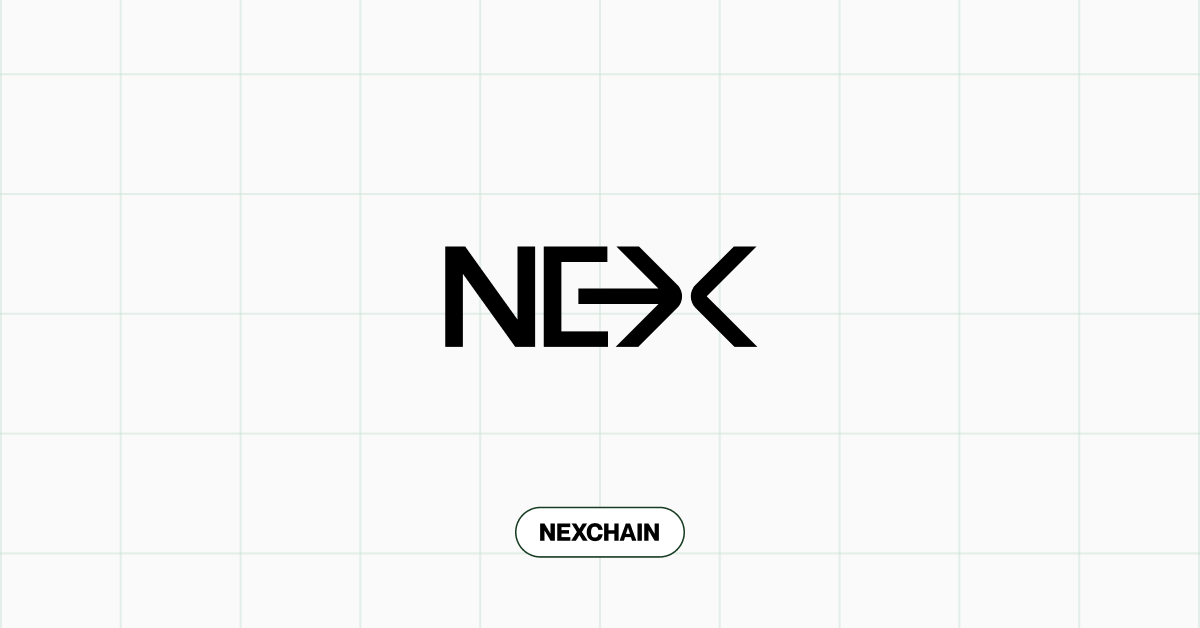
NEX is a crypto with the best tokenomics, mainly due to its clear and balanced token structure. Its initial total supply of 2,150,000,000 tokens, allocated across key areas such as:
- Seed (5%): 10-month cliff, 12-month vesting
- Private (7%): 5-month cliff, 12-month vesting, 5% at TGE
- Public (20%): 15% unlocked at TGE, rest over 12 months
- Team (10%): 10-month cliff, 24-month vesting
- Liquidity (8%), Ecosystem (15%), Treasury (17%), Rewards (7%), Burn (6%), Marketing (5%): flexible, no fixed vesting
The token follows an inflationary issuance model, balanced by an annual burn mechanism to manage supply and maintain long-term utility. With only a portion of the total supply released at launch, it avoids flooding the market and helps support steady price growth over time. The transparent market cap figures also give investors a solid sense of the project’s valuation from the start.
Ethereum
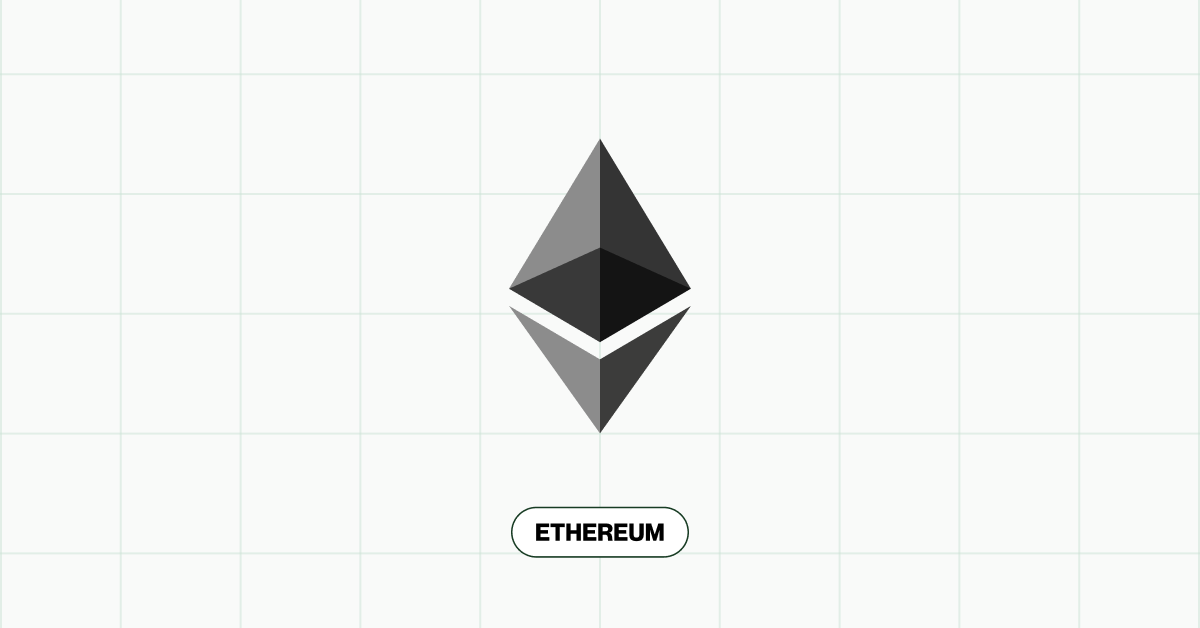
Ethereum made a big shift to Proof of Stake in 2022, which cut its energy use by over 99% and changed how new ETH is created. Thanks to EIP-1559, part of the transaction fees are now burned, which helps reduce the total supply: more than 4 million ETH have already been burned. The token is used for paying gas fees, staking, and improving the network’s security.
Bitcoin
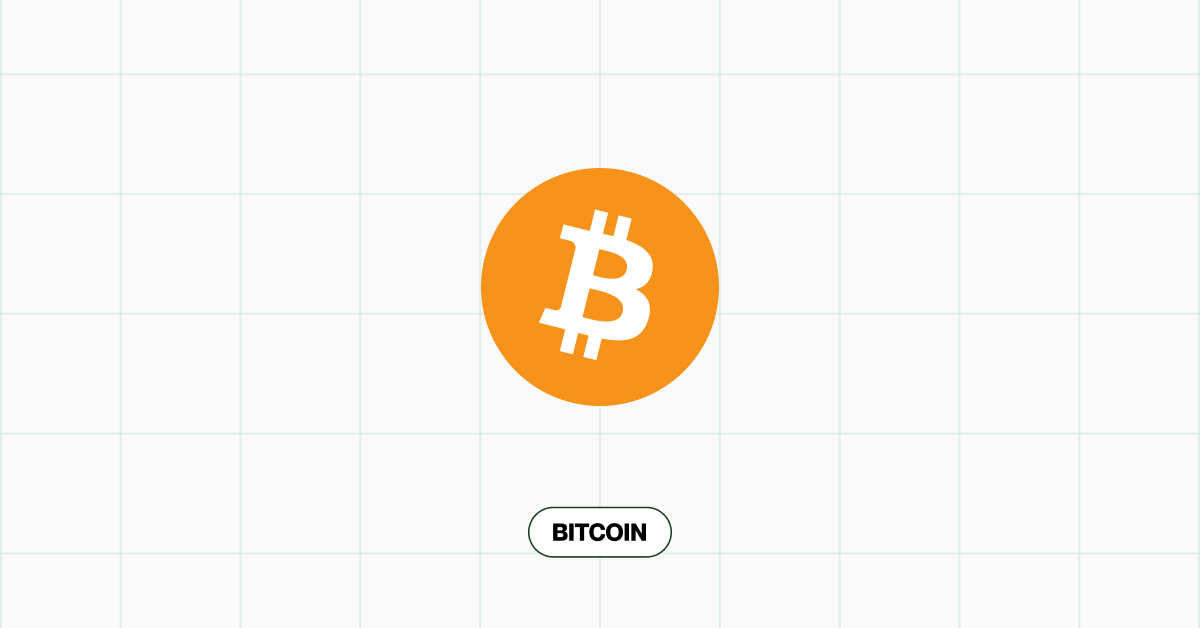
Bitcoin’s tokenomics are simple and strong: there will only ever be 21 million BTC, and new coins are released through mining, with the reward halved every four years. This predictable supply schedule creates scarcity, similar to gold, and has helped Bitcoin become a trusted store of value.
- Circulating supply: ~19.9 million BTC (as of 2025)
- Block reward halves every 210,000 blocks (~4 years)
- Current block reward: 3.125 BTC (since April 2024)
- Final BTC expected to be mined around 2140
- Miners earn rewards from block subsidies and transaction fees
There’s no central authority, and coins are earned fairly through proof-of-work.
Binance Coin
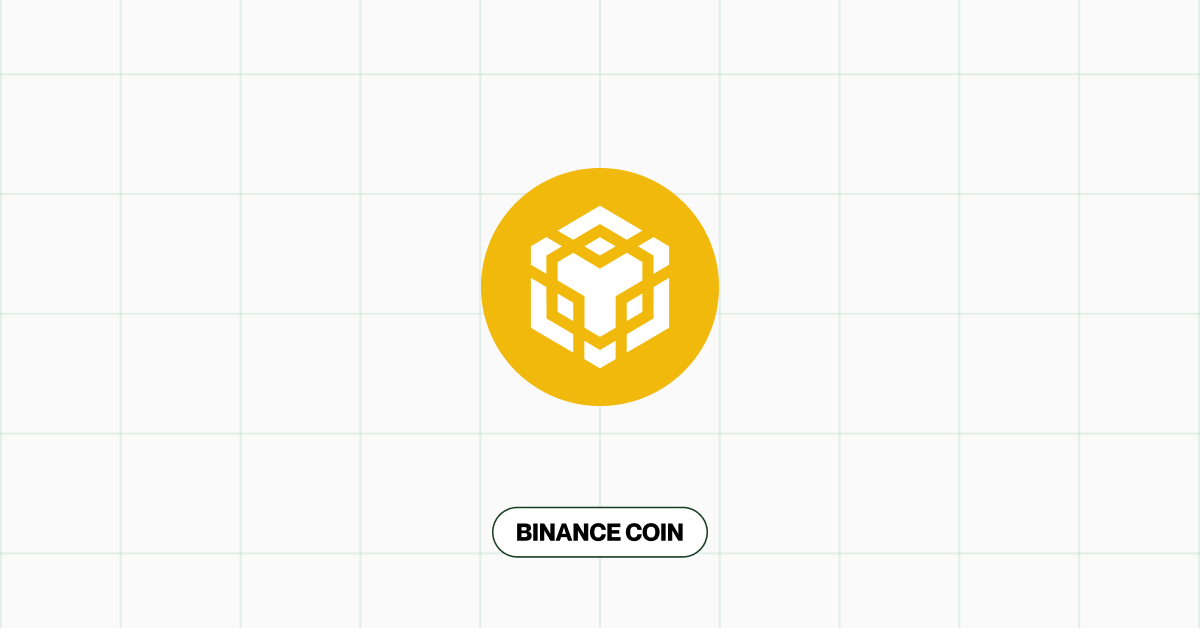
BNB started with a supply of 200 million, but Binance has been burning tokens every quarter using revenue from trading fees. As of mid-2025, over 50 million BNB have been permanently removed from circulation. BNB is the fuel of the Binance Smart Chain, it provides trading fee discounts, and is also central to DeFi applications on the platform.
WeWake
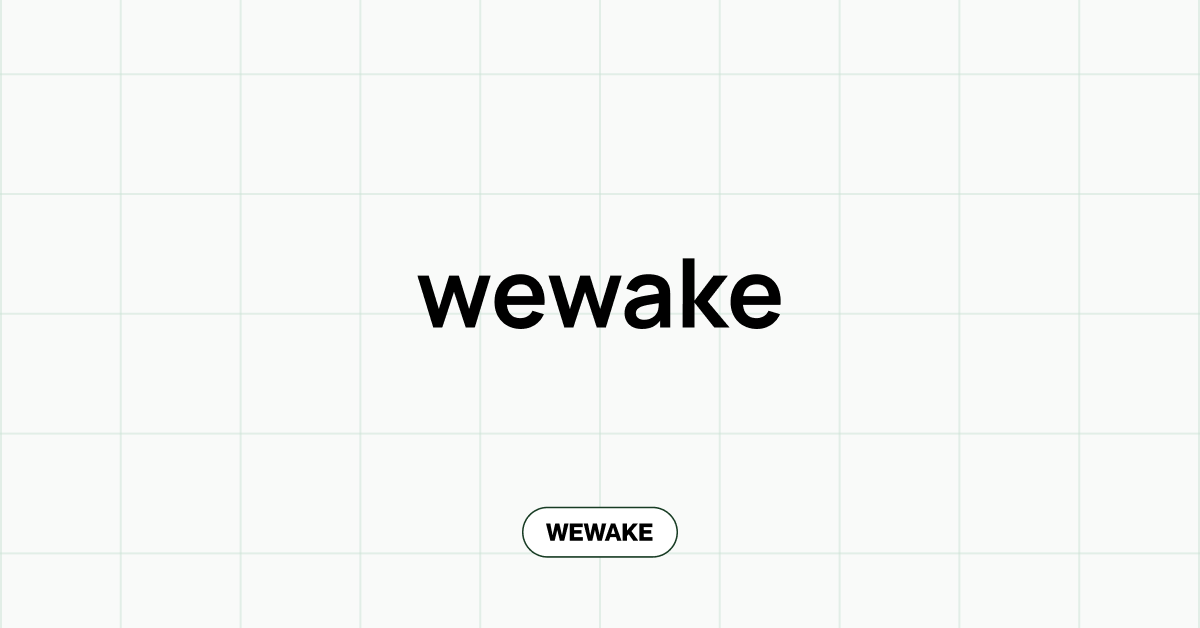
WeWake has a well-structured and balanced allocation, with clear vesting schedules. Only 19.6% of the total supply will enter circulation initially, helping reduce early sell pressure.
- Presale (32%): 25% unlocked at TGE, then monthly over 18 months
- Liquidity (8%): Fully unlocked at launch
- Ecosystem Incentives (14%): 3-month cliff, vesting over 36 months
- Treasury & Governance (12%): DAO-controlled, starts after 6-month cliff
- User Rewards (10%): 10% unlocked, then monthly for 18 months
- Staking Emissions (7%): 2-month cliff, 36-month vesting
- Strategic Reserve (5%): Flexible, released as needed
- Team (5%): 10% unlocked, 24-month vesting
- Marketing (7%): 20% unlocked, 12-month vesting
The presale tokens are subject to 18-month vesting, and other critical allocations like team and ecosystem incentives are vested over 24–36 months, which hints at a sustainability focus and step-by-step release.
Litecoin
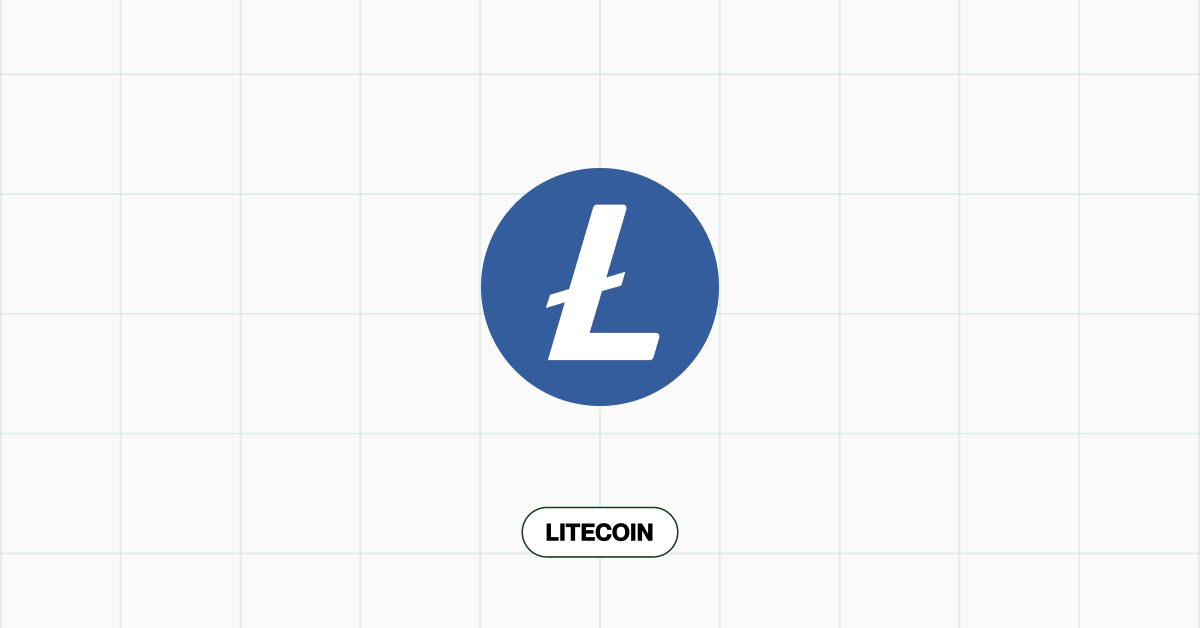
Litecoin follows a model similar to Bitcoin but with an 84 million max supply and faster block times (2.5 minutes vs. Bitcoin’s 10). It halves every four years (the next one is expected in 2027), which keeps inflation low and predictable. Its consistent design makes LTC a solid, low-fee option for digital payments.
Solana

Solana’s supply started with ~508 million SOL, and its inflation rate decreases over time.
- Inflation rate: Decreasing over time, currently ~5-6% annually
- Transaction fees: Partially burned to offset inflation
- Staking: Validators stake SOL to secure the network
- Supply model: Inflationary with gradual decrease in issuance
SOL is used to pay for fast, low-cost transactions and is also staked by validators to secure the network.
Cardano

The cap supply of Cardano is 45 billion ADA, and new tokens are introduced gradually through staking rewards, which accounts for many long-term network participants. It uses a unique Proof-of-Stake model called Ouroboros and has a strong focus on peer-reviewed development and on-chain governance. ADA holders can vote on proposals, making them part of the project’s future.
Aigent
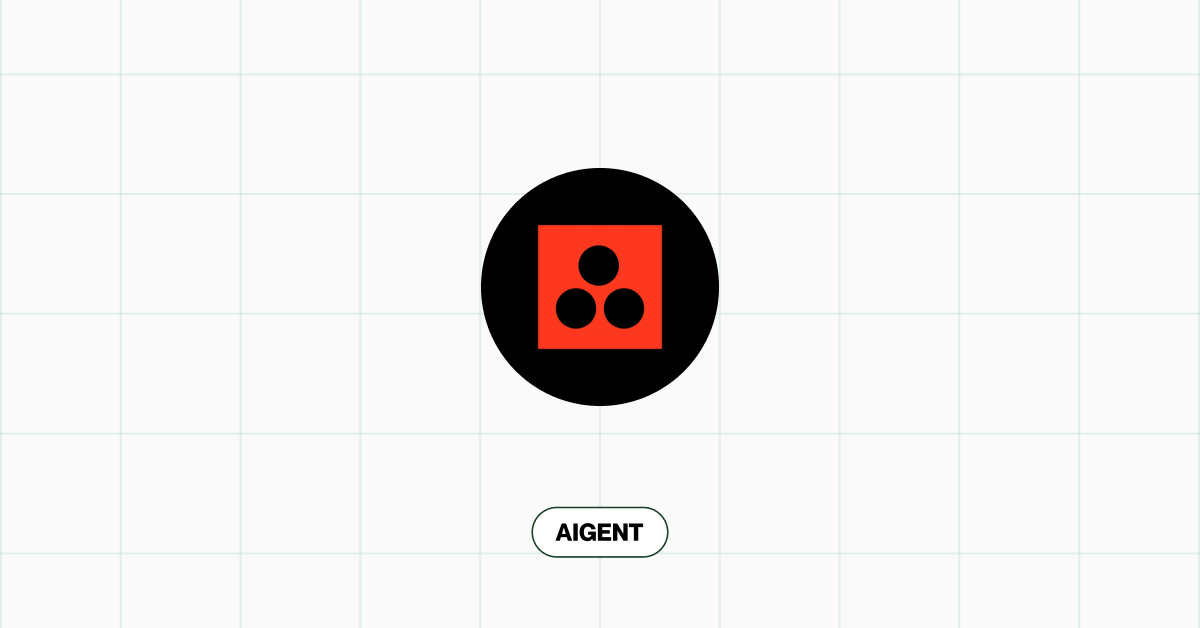
This project boasts solid tokenomics because it carefully controls how and when tokens are released. Only a small portion (about 20%) is available at launch, which helps keep the price stable early on. This helps protect price stability while supporting long-term growth.
- Presale (40%): 30% unlocked, rest monthly over 12 months
- Team & Advisors (10%): Fully unlocked at launch (no vesting)
- Ecosystem & Grants (17%): 3-month cliff, vesting over 36 months
- Liquidity & Market Making (10%): DAO-controlled, starts after 6-month cliff
- Staking & Rewards (8%): 10% unlocked, 18-month vesting
- Treasury / DAO Fund (5%): 2-month cliff, vesting over 36 months
- Marketing (10%): Flexible release, no vesting
The project releases tokens over time, keeping the larger share locked up, which encourages long-term involvement from the members.
XRP
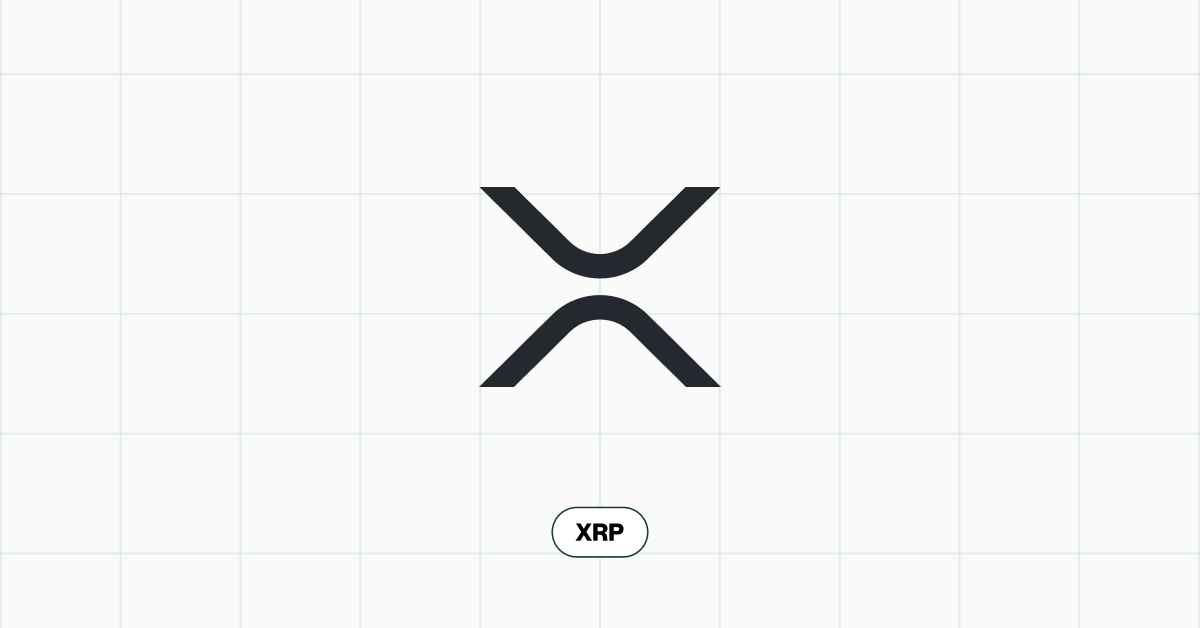
All 100 billion XRP were created at launch, and no more will ever be made. About 1 billion XRP is released from escrow each month, but unused amounts are locked again, keeping supply growth in check. XRP is known for its lightning-fast, low-fee international transactions and is used by fintech businesses globally.
Avalanche
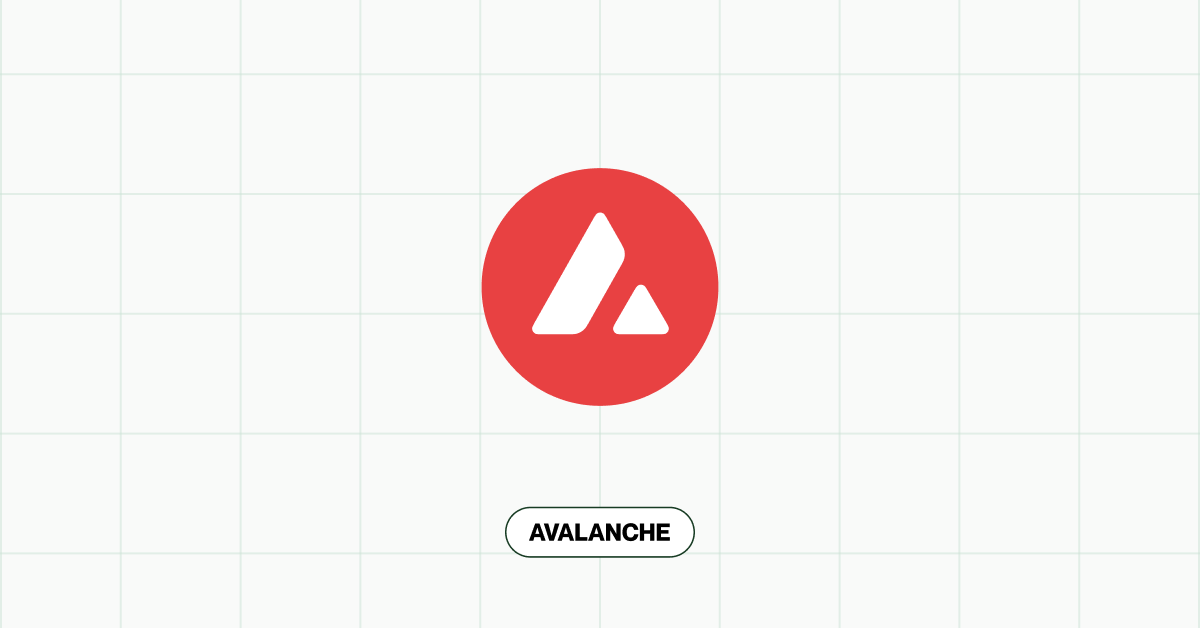
AVAX has a hard cap of 720 million tokens, and the project burns transaction fees on the network, removing tokens from circulation.
- Strategic Assets — 36.00 million AVAX (5.0%)
- Private Sale — 25.20 million AVAX (3.5%)
- Initial Sale — 18.00 million AVAX (2.5%)
- Airdrop — 18.00 million AVAX (2.5%)
- Public Sale — 7.20 million AVAX (1.0%)
- Additional Public Sale — 4.82 million AVAX (0.7%)
- Incentivized Rewards — 1.94 million AVAX (0.3%)
This helps reduce inflation over time, while AVAX is also used for staking and governance. The network is designed for high-speed DeFi apps and custom blockchain creation.
Polkadot
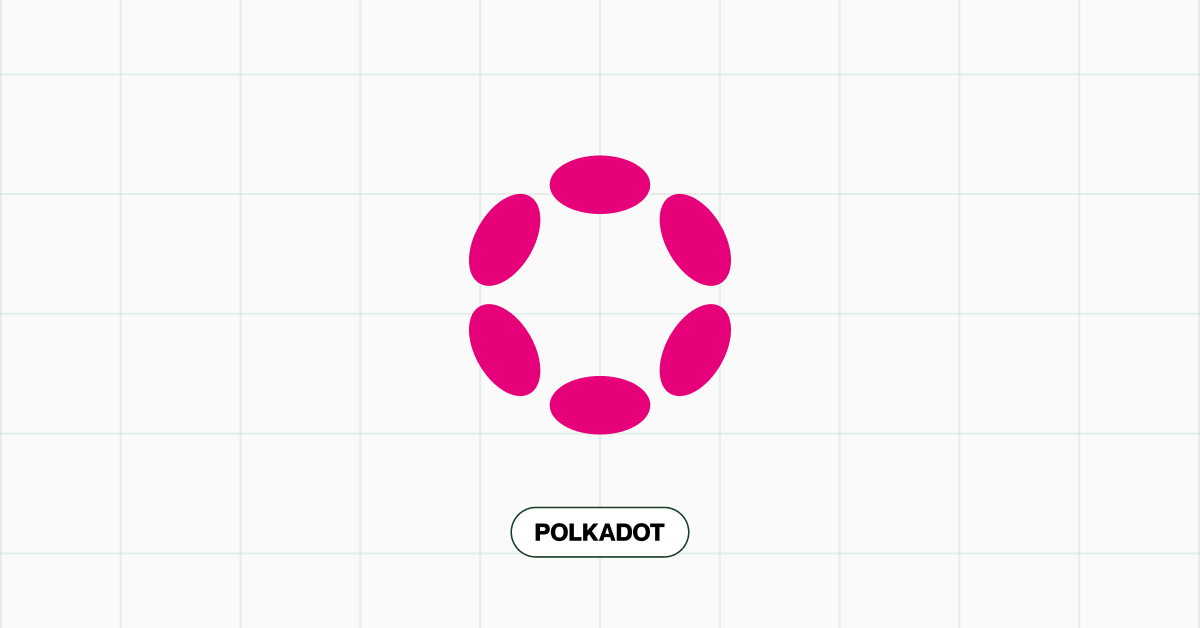
Polkadot has no fixed max supply, but it maintains a targeted inflation rate of about 10% per year, which mostly rewards those who stake their tokens to support the network. Members must hold DOT to vote in the community, influence the governance, and secure parachains through auctions. This incentivised model keeps the ecosystem growing and secure.
Chainlink
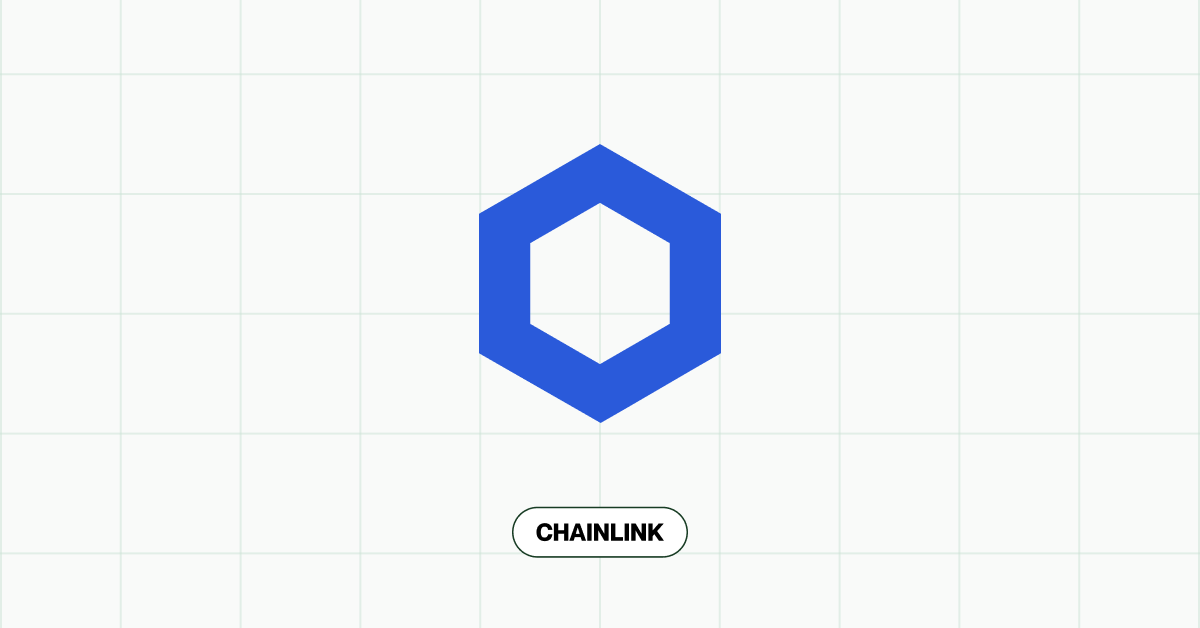
LINK has a fixed supply of 1 billion tokens, and its primary role is to pay node operators who deliver real-world data to smart contracts (oracles). Economic Model:
- Fee-based compensation for node operators
- Staking rewards and penalties to incentivize correct behavior
- No new token issuance; rewards come from transaction fees
It’s essential to DeFi protocols, insurance apps, and more. While governance is still off-chain, LINK’s strong utility gives it long-term value.
Ergo
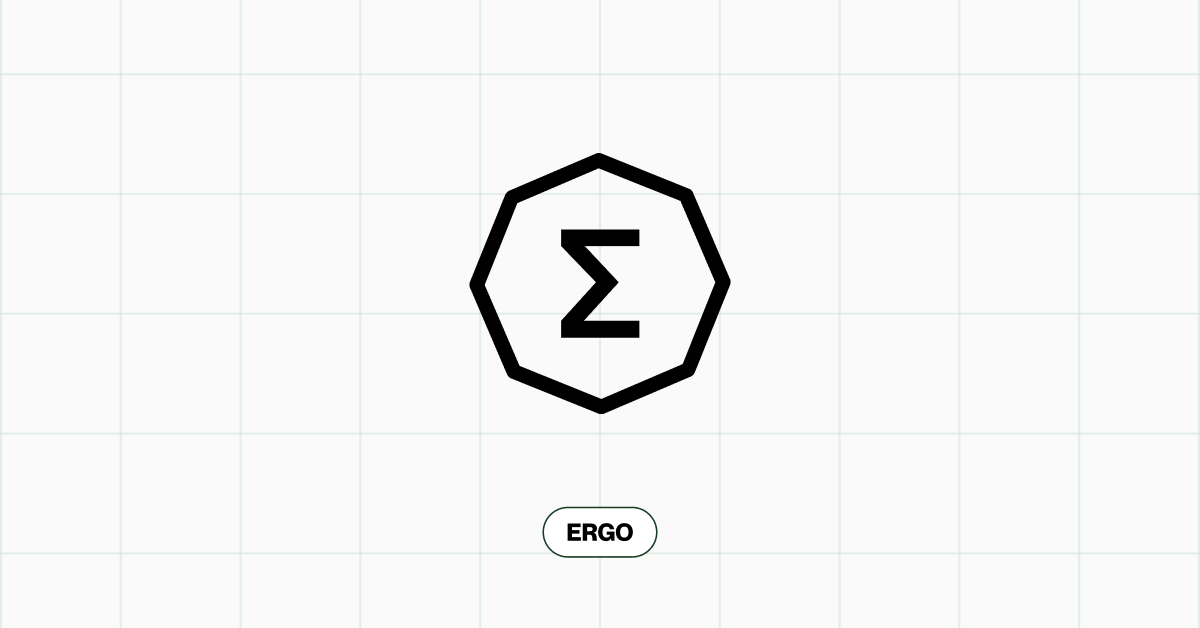
Ergo has a capped supply of about 97 million ERG, and new coins are released slowly through mining (with no premine or VC allocations). Its Proof-of-Work algorithm is ASIC-resistant, keeping mining more decentralized. ERG is DeFi and smart contracts compatible, and the emission process is planned to support the idea of sustainability but not hype.
Cosmos (ATOM)
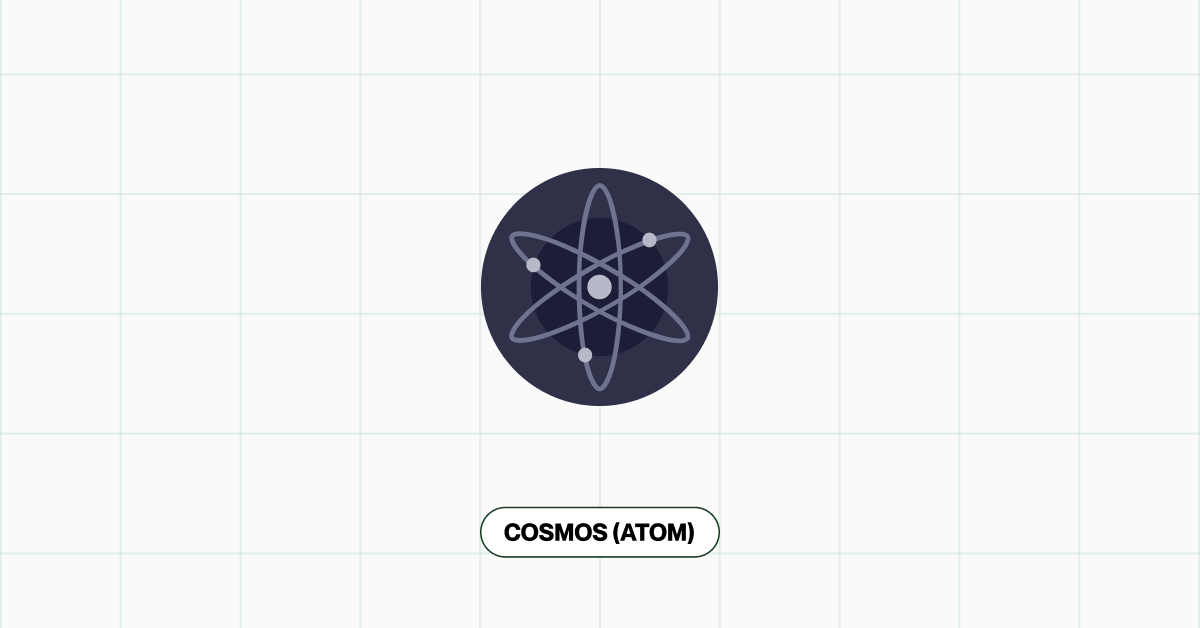
There is no fixed supply for ATOM tokens: instead, the inflation rate can vary based on how many tokens are staked, ranging from 7% to 20% annually.
- Block Rewards — 534.19 million ATOM (69.3%)
- Public Fund — 160.28 million ATOM (20.8%)
- All in Bits Inc. — 23.69 million ATOM (3.1%)
- Interchain Foundation — 23.62 million ATOM (3.1%)
- Strategic Reserves — 16.60 million ATOM (2.2%)
- Initial Contribution — 12.00 million ATOM (1.6%)
This encourages holders to secure the network and earn rewards. ATOM is also used for community voting and plays a key role in Cosmos’s goal of connecting blockchains through the IBC (Inter-Blockchain Communication) protocol.
Overview of The Top-Tier Crypto Projects with Good Tokenomics
| Project | Max Supply | Consensus Mechanism | Utility & Use Case | Governance | Initial Distribution |
|---|---|---|---|---|---|
| Nexchain | 2 billion | Hybrid Proof of Stake and AI-enhanced consensus mechanism | Fraud detection, risk shield Credit scoring, trust engine | Decentralized governance | Public Presale |
| WeWake | 308 million | Hybrid Proof of Stake and AI-enhanced consensus mechanism | Crypto swaps, payments, NFTs & digital assets | Governance over network decisions | Public Presale |
| Aigent | 1.5 billion | Hybrid Proof of Stake and AI-enhanced consensus mechanism | Portfolio automation, rebalancing, yield and risk analysis | Decentralized model | Public Presale |
| Bitcoin (BTC) | 21 million | Proof of Work (PoW) | Store of value, digital gold | None | Fair launch (mining) |
| Ethereum (ETH) | No fixed cap | Proof of Stake (PoS) | Smart contracts, DeFi, NFTs | Partial on-chain | ICO |
| Cardano (ADA) | 45 billion | Proof of Stake (Ouroboros) | Smart contracts, governance | Full on-chain | Public sale |
| Binance Coin (BNB) | 200M (initial, burned) | Delegated PoS (BSC PoSA) | Exchange utility, gas fees | Centralized | ICO + internal allocations |
| Litecoin (LTC) | 84 million | Proof of Work (Scrypt) | Fast peer-to-peer payments | None | Fair launch (mining) |
| Solana (SOL) | ~508 million | Proof of History + PoS | High-speed dApps, DeFi | On-chain voting | Private + public sales |
| XRP (Ripple) | 100 billion | Ripple Consensus | Global payments, finance | Centralized (Ripple Labs) | Pre-mined |
| Avalanche (AVAX) | 720 million | Proof of Stake (Avalanche) | dApps, subnets, scalability | On-chain | Private + public sale |
| Polkadot (DOT) | No fixed cap | Nominated PoS | Interoperable multichain network | On-chain staking | ICO |
| Chainlink (LINK) | 1 billion | Runs on Ethereum | Decentralized oracles | Off-chain | ICO |
| Ergo (ERG) | ~97 million | ASIC-resistant PoW | Smart contracts, privacy features | Treasury + community | Fair launch (mining) |
| Cosmos (ATOM) | No fixed cap | Proof of Stake (Tendermint) | Interoperability via IBC | On-chain | ICO |
How to Evaluate Tokenomics as an Investor

For those looking for the best tokenomics for crypto projects, it is crucial to verify the white sheets and technical information behind every token before investing in it. While this data is often available on the project’s website, like with Nexchain, sometimes, the useful info is to be found on tokenomics data websites.
Before deciding to purchase a certain coin, verify its tokenomics at platforms like CoinMarketCap or CoinGecko. These contain sufficient information on the current price and fluctuations, the market cap, FDV, total supply, circulating supply, and maximum supply, as well as the volume over the past 24 hours. Consult only verified best tokenomics websites when looking for crypto projects to invest in.
Why Tokenomics Matter More Than Ever
A crypto’s tokenomics is what makes it scalable, effective, and reliable for years to come. Relying on tokenomics will help you make a wise investment, even if it’s your first time purchasing a token in Web3. Tokenomics also matters for long-term holding, since it shows how the supply will grow in the future, who controls the larger portion of tokens, and how likely early investors are to sell. By retrieving all this info from the tokenomics, you can make strategic decisions about every investment.
FAQ: Best Tokenomics
What is tokenomics?
Tokenomics can sound complex, but it’s key to understanding any crypto project. Dive into our detailed article to learn how it works and why it matters, read more in our article on “What is tokenomics?”.
Do projects with the best tokenomics always perform well?
Not always: while good tokenomics provide a strong foundation for the project’s development, there are other factors to be taken into account. Mainly, the team behind the token, used technology, the state of the market, and even timing. Even with perfect tokenomics, the project is not guaranteed to succeed if it has no real use case.
Are there risks in investing based on tokenomics alone?
Yes, as you must consider how these sums and numbers manifest in practice. Some of the most common risks are low user adoption, volatile market, or failed vesting schedules. To avoid these complications, research not only the tokenomics but also the project’s team, community, roadmap, and product.
How are new crypto projects building better tokenomics in 2025?
In 2025, all new crypto projects are about fair launching, extended vesting periods, and real-life applications. On top of this, they also create standard, transparent dashboards that allows for investment players to see at all times token distribution in action.


